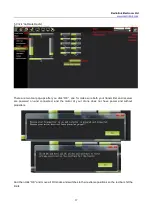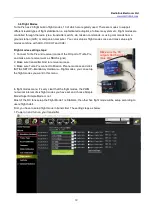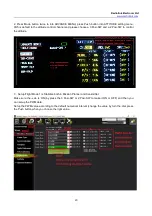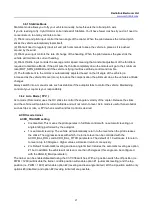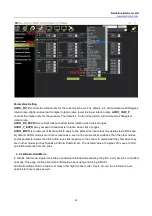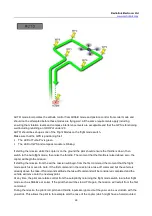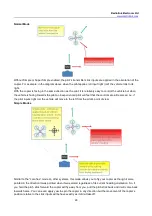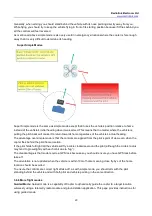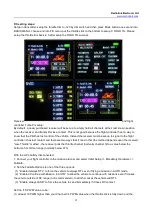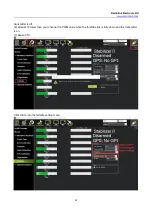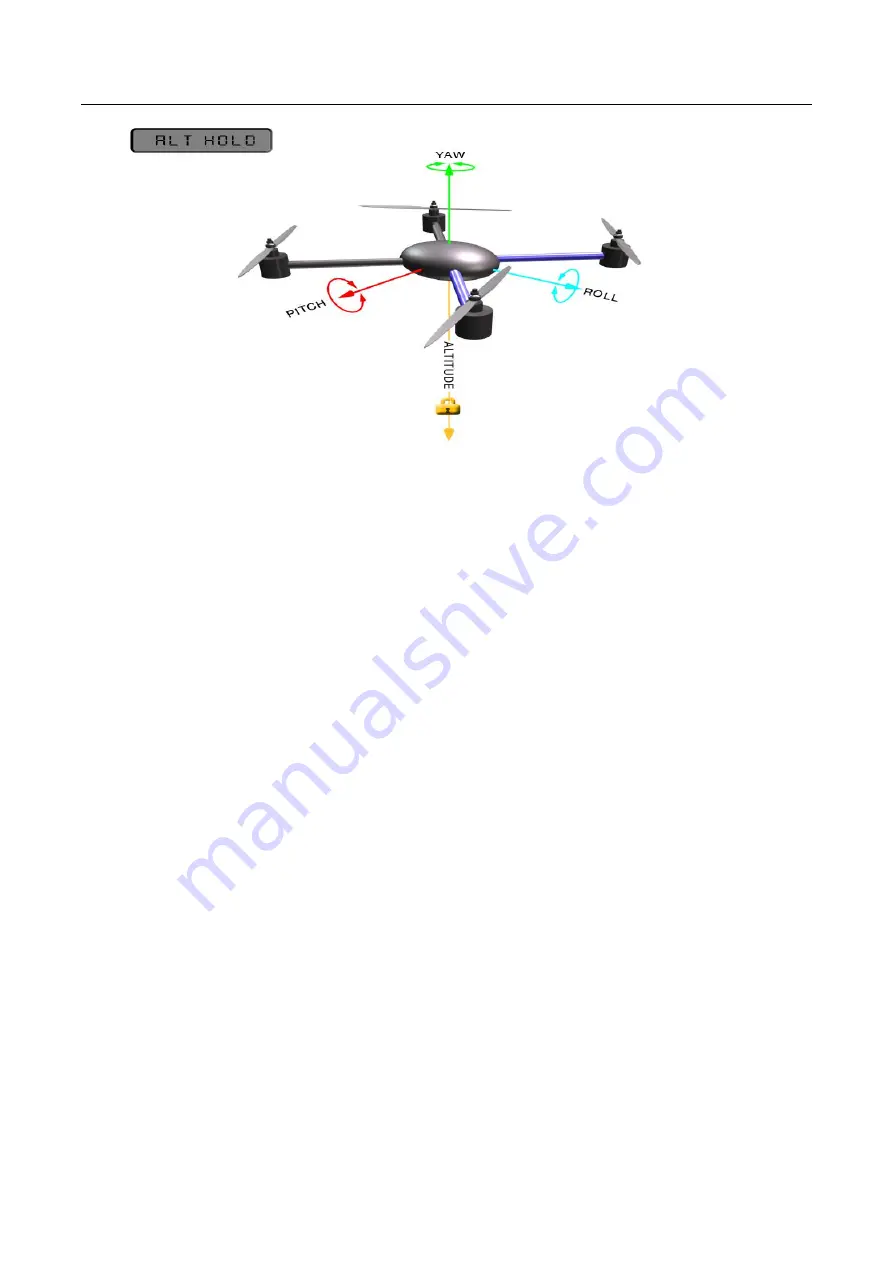
Radiolink Electronic Ltd
23
Note:
The flight controller uses a barometer which measures air pressure as the primary means for
determining altitude (“Pressure Altitude”) and if the air pressure is changing in your flight area due to extreme
weather, the copter will follow the air pressure change rather than actual altitude. When fitted and enabled, a
downward facing rangefinder such as LiDAR or SONAR will automatically provide even more accurate
altitude maintenance, up to the limit of the sensor.
How to control
The pilot can control the climb or descent rate of the vehicle with the throttle stick. If the throttle stick is in the
middle (40% ~ 60%) the vehicle will maintain the current altitude. Outside of the mid-throttle dead zone (i.e.
below 40% or above 60%) the vehicle will descend or climb depending upon the deflection of the stick. When
the stick is completely down the copter will descend at 2.5m/s and if at the very top it will climb by 2.5m/s.
These speeds can be adjusted with the PILOT_VELZ_MAX parameter.
The size of the deadband can be adjusted with the THR_DZ parameter (AC3.2 and higher only). This params
value should be between “0” and “400” with “0” meaning no deadband. “100” would produce a deadband 10%
above and below mid throttle (i.e. deadband extends from 40% to 60% throttle stick position).
AC3.1 and later allow arming and disarming in altitude hold mode. When disarming, the copter may need to
rest in the landing position for a few seconds to allow the “landing checker” to verify that the copter has landed
before you are able to disarm.
3.6.4 Auto Mode
In Auto mode the copter will follow a pre-programmed mission script stored in the autopilot which is made up
of navigation commands (i.e. way points) and “do” commands (i.e. commands that do not affect the location of
the copter including triggering a camera shutter).









